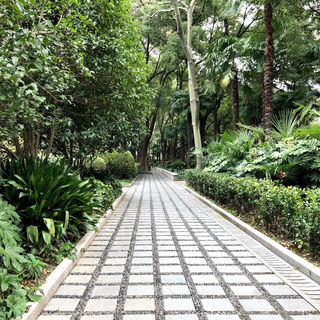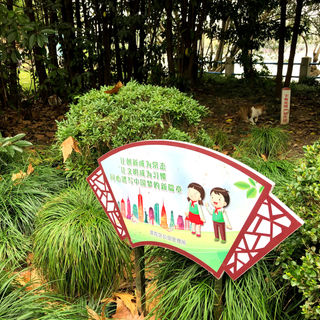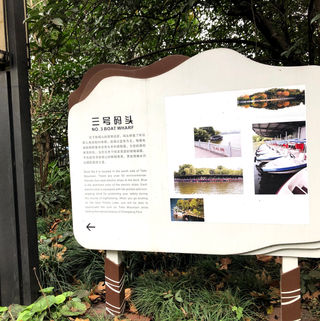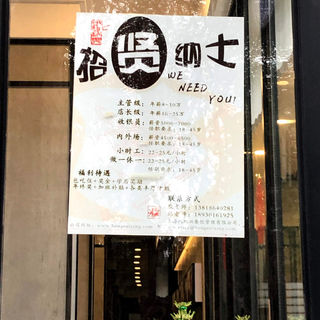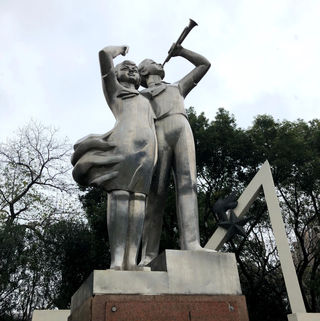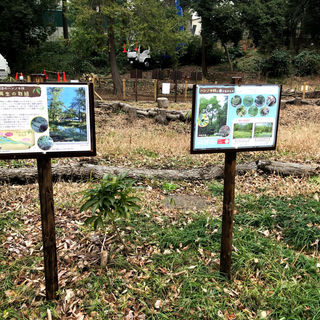Linguistic Landscape
The purpose of the Linguistic Landscape Project was to understand “the motives, uses, ideologies, language varieties, and constellations of multiple forms of ‘languages’ as they are displayed in public spaces.”
During the interim term, I picked the particular site type of parks because I wanted to analyze the linguistic landscape in a setting where I initially expected there to be less written language. I chose this rationale because I expected the writing and text I would see would be even more so critical because the written language in a space like a park is not usually any more extensive than directional. I expected any extra signage that isn’t the regular entry and exit signs would be useful for comparative analysis. Why did this Japanese park or Chinese park differ in the inclusion of this text? I believed a place where minimal language was written would lead to a more critical and useful for comparison in two different countries. I figure the differences would stand out even more so. Back home, I never paid much attention to language in the parks because usually, I would glaze over informational text in prominently English language spaces. It’s the language I see all the time and wouldn’t care to pay attention to the meaning of language I see every day. Now, I am actively looking for the subtle changes of language in common spaces but across the world in China and Japan!
As I was collecting data in the form of images in both China and Japan, I was carefully thinking about what it was that drew me in to take pictures of certain texts and signage. In both site locations, I noticed similar functioning signs. Maps, directional signs, and warning signs were the most similar in their amount of presence when comparing the Japanese and Chinese park. Their information was rather similar and those were the signs that provided the most English.
There were a few smaller details I would not normally notice if it weren’t for this assignment, but there were minor text size variations of English from China to Japan and the amount of English presence varied as well. For instance, the two larger maps of the parks both have English along with the local language, but I noticed the English text for the name of the Shanghai park was in smaller print in comparison to the English print of the Japanese park sign. In other instances, some signs that do not seem necessary for a foreigner to read caught my attention in Japan. These were signs not pertaining to the park’s general rules and regulations but to nature preservation. The content, in my opinion, would be an optional text from a local’s perspective which is why seeing English supporting text was shocking. One reason why this stuck out to me was that these signs seemed less necessary as opposed to a bathroom sign I couldn’t read because it was only in Japanese and I am a Chinese studying student. Although, I have to take into account that the bathroom sign I mention looked much less official because of the material and overall presentation of the sign. These are only a few examples of what I observed, but it is these little variations in linguistic landscapes could have deeply rooted meanings. The smallest differences may contribute to a message of language status. What is the role of the non-local language? Why did this country choose this content? Are additional translations for prestige or functionality for the foreign visitor? The nature of certain language presence tends to say something about the values and representations a group may want to present. All these questions are a few I had in mind while working on this project, but I can only provide tentative answers for reasons such as “the problem of sampling and representativity” that Dirk Gorter and Jason’s Cenoz discuss in their “Knowledge about Language and Linguistic Landscape.” I only looked at two samples that are not representative of the numerous other landscapes I could have sampled. It is, however, a start to understanding the smaller aspects of Chinese and Japanese culture through language symbolism.
*click on select images to view descriptions









